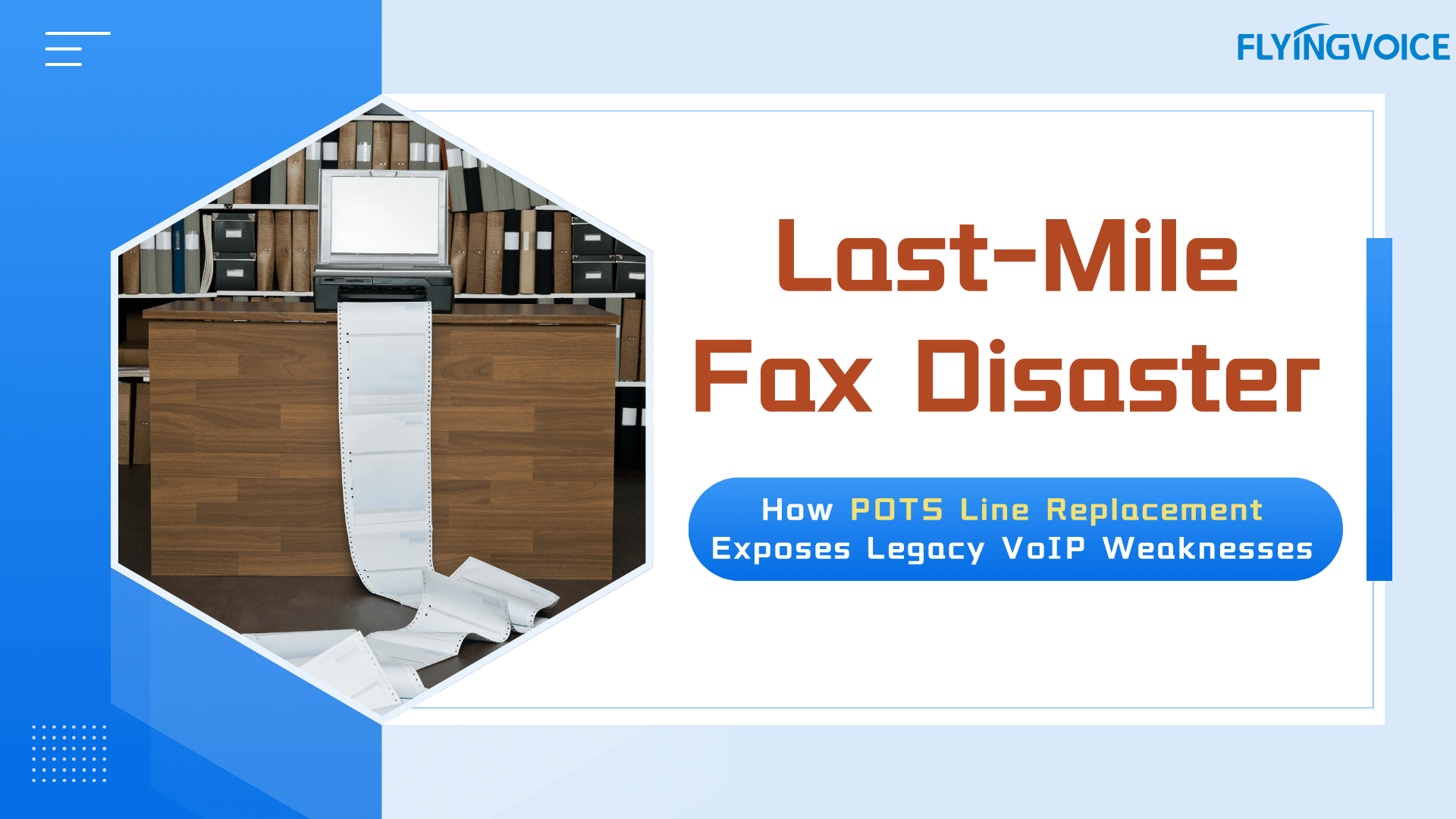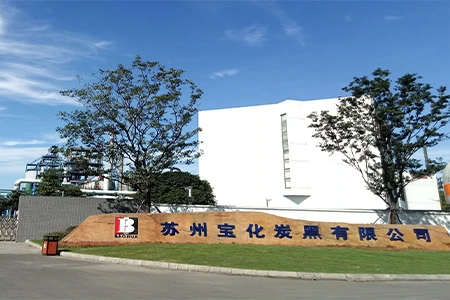Bridging the Fax Reliability Gap in a Post-POTS Era
With the global telecommunications shift toward digital infrastructure, legacy systems like POTS (Plain Old Telephone Service) are being phased out. Despite this transition, fax technology remains indispensable for industries requiring secure document transmission. Traditional IP-based solutions like T.38, however, struggle to deliver consistent performance in modern networks.
Why T.38 Falls Short in Modern Networks
Developed to enable real-time fax-over-IP, the T.38 protocol faces inherent limitations in unstable network environments. Fax communications demand precise timing and near-zero packet loss—conditions rarely met in VoIP systems with latency fluctuations or limited bandwidth. Sectors such as healthcare and legal services frequently experience failed transmissions, garbled content, or repeated retries when relying solely on T.38, underscoring the need for more robust alternatives.
Flyingvoice’s Approach: Optimized T.30 Handling with POTS Media SBC
To address the reliability gaps in POTS replacement strategies, Flyingvoice engineered its POTS Media SBC technology. This solution bypasses T.38’s limitations by directly processing T.30 fax signals—the core protocol underpinning traditional PSTN faxing—through a multi-stage conversion process:
1. Legacy Device Integration Analog fax machines connect to the POTS Media SBC, which captures raw T.30 data without requiring protocol translation at the source.
2. G.711 Audio Stream Conversion The SBC converts T.30 signals into G.711 audio codec streams, leveraging this universally supported VoIP format for seamless network traversal.
Key Advantages Over Conventional Solutions
1. Backward Compatibility: Fax devices operate as if connected to PSTN lines, eliminating hardware reconfiguration.
2. Infrastructure Agnosticism: G.711’s near-ubiquitous VoIP support prevents codec mismatches common in T.38 deployments.
3. Hybrid Scalability: Supports both physical fax machines and integration with cloud-based eFax services.
Future-Proofing Fax with eFax Integration
Recognizing the growing adoption of digital fax platforms, Flyingvoice extended its SBC capabilities to natively interface with online fax services (eFax). Users can now:
2.Eliminate PSTN dependencies while maintaining end-to-end transmission integrity.
3. Seamlessly transition between physical and digital fax workflows without middleware.
This dual compatibility ensures organizations retain existing hardware investments while adopting cloud-based fax solutions—a critical advantage as PSTN sunset deadlines approach.

Flyingvoice POTS Media SBC: Core Benefits
1. Mission-Critical Reliability Maintains fax success rates exceeding 99.9% even in sub-50kbps bandwidth environments.
2. Zero-Retooling Migration Legacy fax systems integrate with UCaaS platforms like Zoom or Microsoft Teams without software updates.
3. Regulatory Compliance Full audit trails and TLS-encrypted transmission meet HIPAA, GDPR, and FINRA requirements.
Conclusion
Flyingvoice’s SBC-driven strategy redefines fax reliability in the IP era. By preserving T.30’s robustness while leveraging G.711’s VoIP compatibility, businesses gain a unified solution for physical and digital fax environments. This approach not only mitigates PSTN phase-out risks but also provides a scalable foundation for emerging communication technologies.
Get Started with Future-Ready Fax
For tailored guidance on modernizing fax infrastructure or deploying hybrid FoIP solutions, contact our experts:
Email: sales@flyingvoice.comWebsite: https://www.flyingvoice.com/
- The Critical Role of POTS in Emergency and Remote Communications
- Flyinglink: Intelligent Management for LTE and VoIP Gateways
- Copper Networks Are Retiring - Is Your Business Ready for the Last-Mile POTS Replacement?
- Breaking the POTS-to-IP Barrier: Secure, Seamless Migration for Mission-Critical Devices
- LM150: Seamless POTS Replacement for Emergency Calls with UPS Backup

















 Back to list
Back to list









